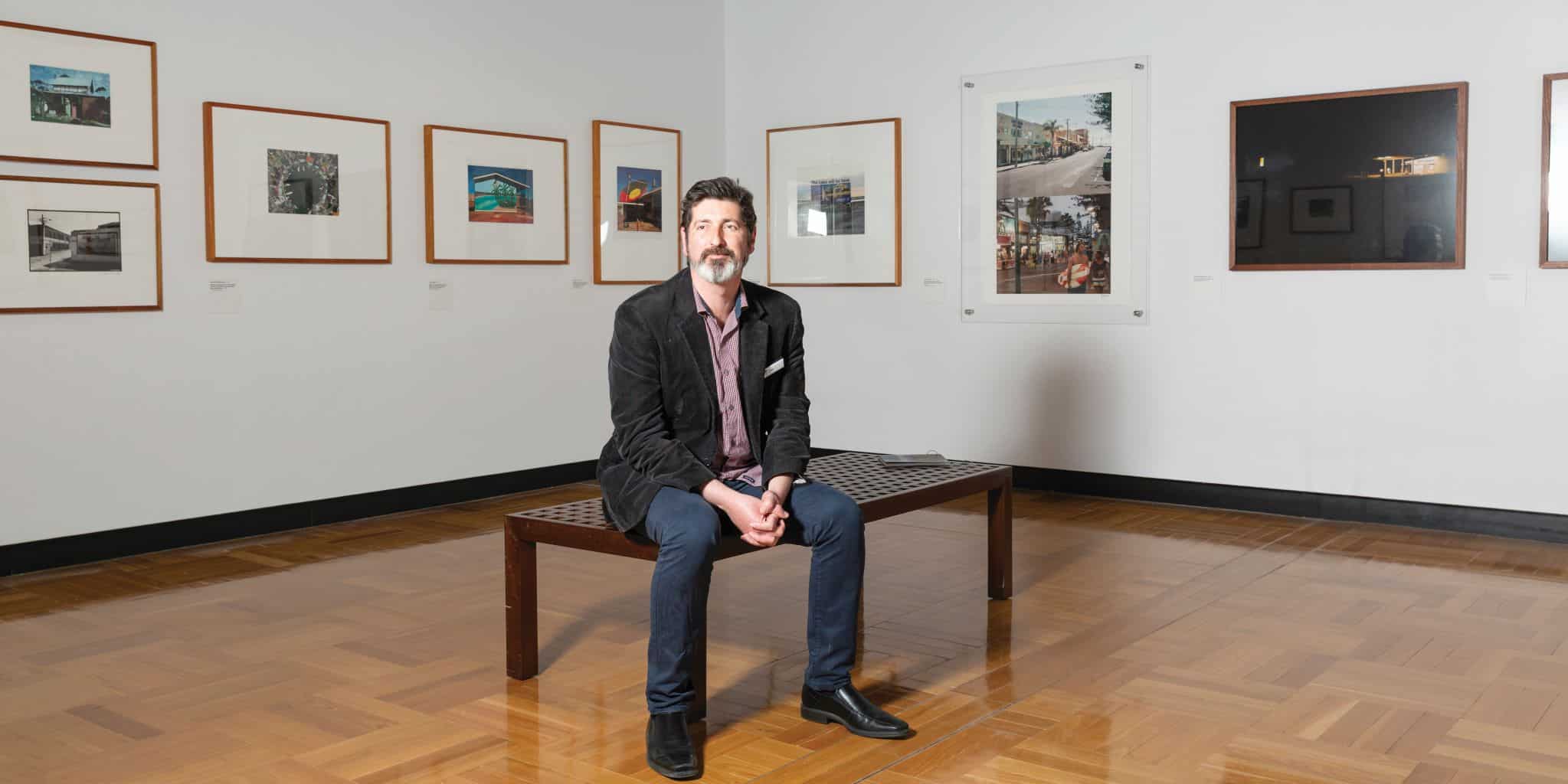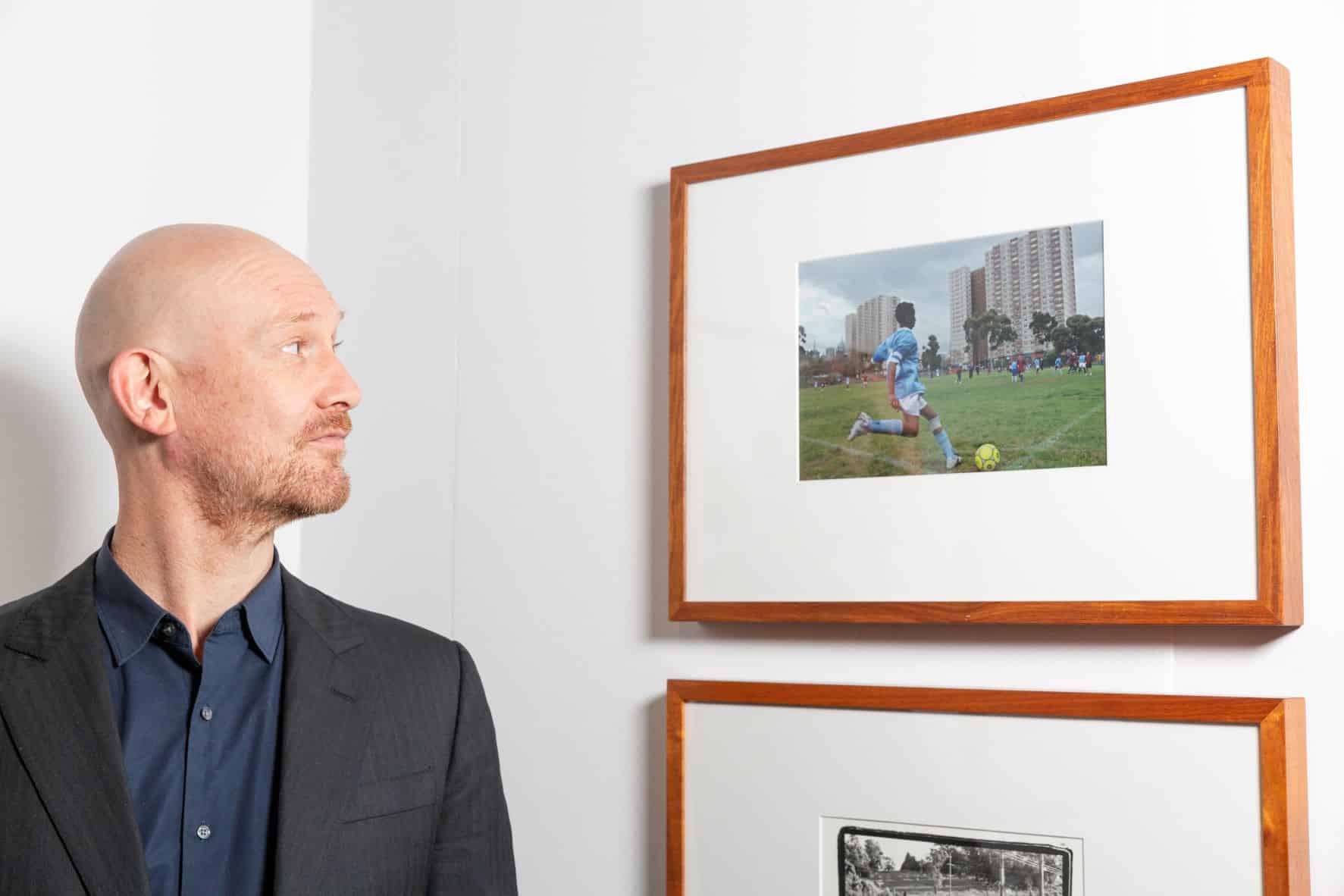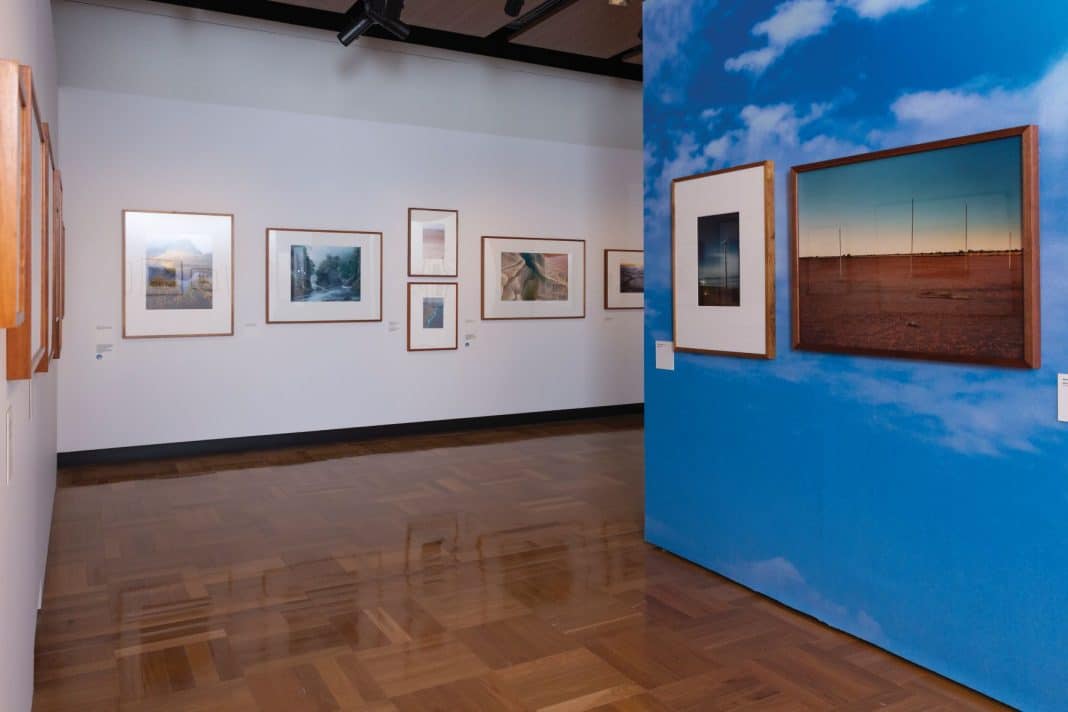It can be easy to forget what people and places looked like 50 years ago, especially if you weren’t around then. The National Library of Australia (NLA) invites visitors to step back in time and remember how we have changed over the past 52 years in Viewfinder: Photography from the 1970s to now, on display until 13 March 2023.
Chosen from the Library’s pictures collection, the images on display tell a story of past and present Australians, including the communities and the landscapes we call our own. Separated by distinct themes, you can peek into the lives of everyday people and influential figures as they work and play. Moving through the exhibition, you will see the development of natural and built environments and relive events both great and small. Not only does the exhibition document how our lives and our country have changed, but it is also an exploration of the evolution of photography. Images captured on black and white film hang alongside vivid digital shots.
Viewfinder curator Matthew Jones sought to create an exhibition in which people would be engaged as soon as they walked through the door, with little curatorial intervention or explanation. The team at the Library originally considered starting a photographic exhibition in the mid-19th century, but Jones thought it was time for one that was more contemporary. He came up with the idea to cover the timeline familiar to most Australians; a quick google search revealing that our median age was 40 years. This took the start date back to the mid-1980s, but, given there were some big moments of change in the 1970s, Jones decided to push it back a further decade.
“It was also a time where there was a lot changing in the world of photography. The way photographers would change, people would collect photography, the way they were trained. People would go to art schools to do photography starting in the ‘70s,” he says.

The first week of August 2021 was earmarked as the start date for the initial scoping of images then pandemic restrictions saw many organisations shut down. Jones says he was lucky that lockdown didn’t put a complete halt on progress because a large part of the Library’s collection is available online on Trove. He was able to begin the work from a computer screen, which he says was an interesting change from sorting the material by hand as he usually would. Had the exhibition been curated in real life, as per the usual practice, it might have been completely different from what is now on display.
“You start thinking about the way we consume images, that we live in a world where we consume mostly electronic images. It made me think very differently about the kind of material I was selecting. What are the images that you just want to sit and look at and reflect on, rather than just another picture on an Instagram feed,” he says.
Jones says details often get missed when viewing something on a screen; the way the light directs you to a focal point, details get overlooked and the story images tell can be altered. One of the images in the exhibition is of a small boy holding an axe at a show; Jones spotted something he hadn’t seen before when he saw the print version.
“I didn’t notice when I was looking at the screen that the head is around the wrong way. It is comical to begin with, but then it’s kind of comical and maybe a bit scary. It’s funny little things like that, little details,” he says.
Within a few months, Jones had viewed around 60,000 images, and then had to begin the tough task of culling them. Each fortnight he had a goal to halve the number until he whittled it down to a few hundred options. Next, themes started to be considered; he almost arranged the photos in chronological order but ultimately decided it would be more interesting and require less explanation if they were sorted by theme.
“I really wanted people to come in and feel like they could just walk around and recognise these places and these people. Even the things that they didn’t recognise, it was still somehow familiar, or to have the feeling of a memory that you haven’t had but you might have had,” he says.
Four of Dave Tacon’s photographs are displayed in the exhibition; having been asked about several different images, the photographer didn’t get to see which were chosen until the exhibition launch. One of his images features boys playing soccer in Flemington, Melbourne, where the skyline has completely changed over the years.

“It was a bit of a blast from the past. I came to photography kind of a little bit late. I was just starting out I remember when I was doing this series on the communities in housing commission,” Tacon says.
The image was shot in 2005. Tacon says it isn’t just the skyline that has changed in the last 17 years, technology has rapidly evolved. From developing images in a darkroom, to drones being able to capture opening shots for blockbuster films and celebrity portraits being done over Zoom, Tacon has followed the progress eagerly.
“Technology is great because I was shooting film when I was starting out. Then there was a certain generation of cameras that just opened up all these possibilities to shoot incredibly low light and high quality,” he says.
Now Tacon has access to all kinds of photographic technology in his position teaching photo journalism at Melbourne University. However, he still finds himself going back to the camera he learned to shoot with on the streets of Berlin, burning money on film.
“I’m shooting with this panoramic camera, I’ve got 20 shots and you’ve got to make them count. It is getting so expensive wandering Melbourne, if I’m shooting too much I feel like I’m just sprinkling gold coins about,” he smiles.
While all the technological advancements haven’t been completely positive, Tacon says it has democratised the art in some ways.
“I remember a stat a few years ago that in one year more photos had been taken than in the entire history of photography. I think that is probably just about happening every year and because there are so many pictures, there is a kind of surplus; people take them and just forget about them.”
Fortunately, there are still plenty of people like Tacon with an artistic eye who can capture shots that will encourage us to spend some time to fully explore an image. He and many more artists have been able to do that with their works in this new exhibition.
Step back in time at Viewfinder: Photography from the 1970s to Now at the National Library of Australia until 13 March 2023; nla.gov.au
Canberra Daily is keen to hear from you about a story idea in the Canberra and surrounding region. Click here to submit a news tip.



